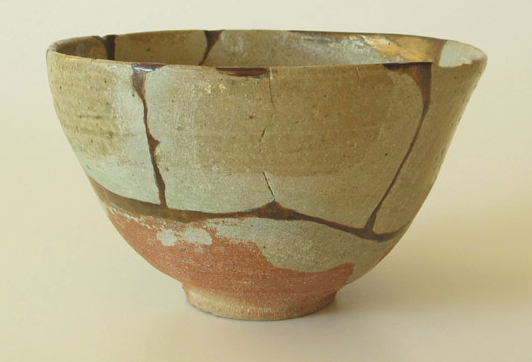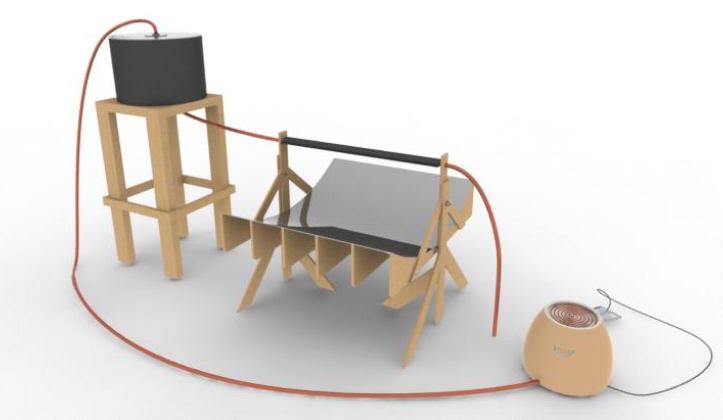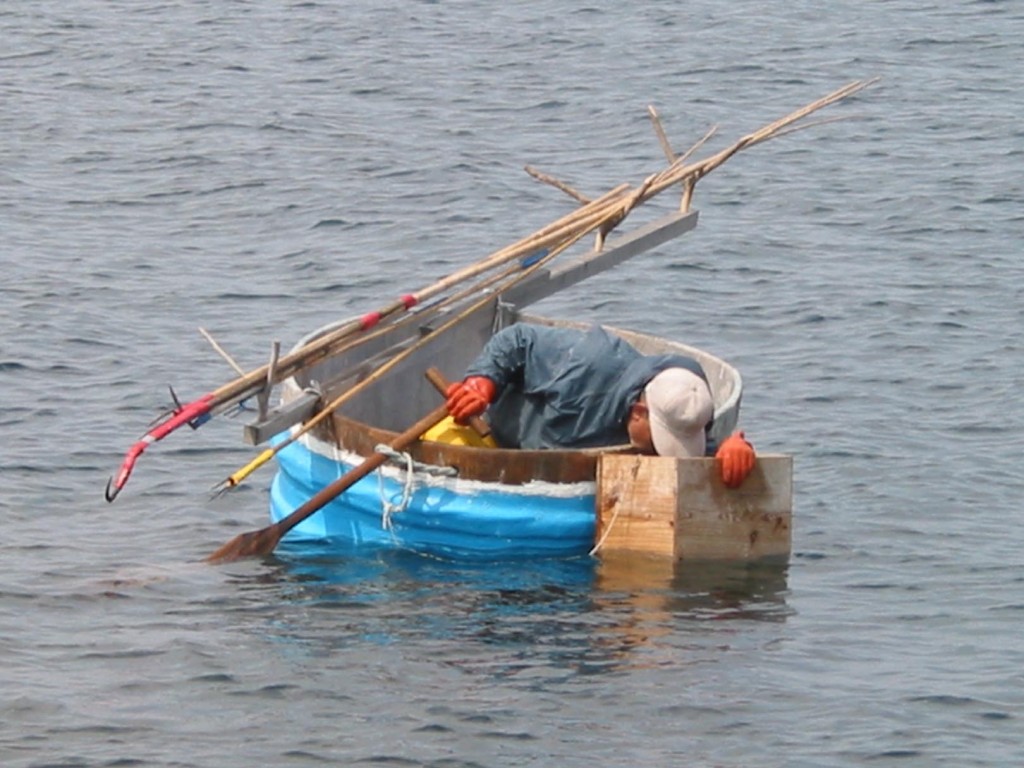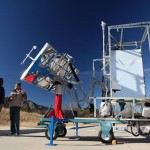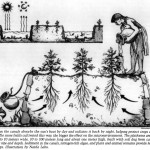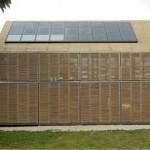“At the height of summer, in the sweltering industrial suburbs of Jaipur, Rajasthan in north-west India, where temperatures can hit 45C Pearl Academy of Fashion remains 20 degrees cooler inside than out, by drawing on Rajasthan’s ancient architecture. While the exterior appears very much in keeping with the trends of contemporary design, at the base of the building is a vast pool of water — a cooling concept taken directly from the stepwell structures developed locally over 1,500 years ago to provide refuge from the desert heat.”
Read more: Ancient ‘air-conditioning’ cools building sustainably.
